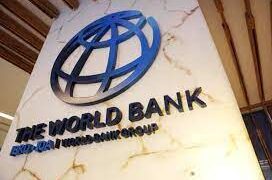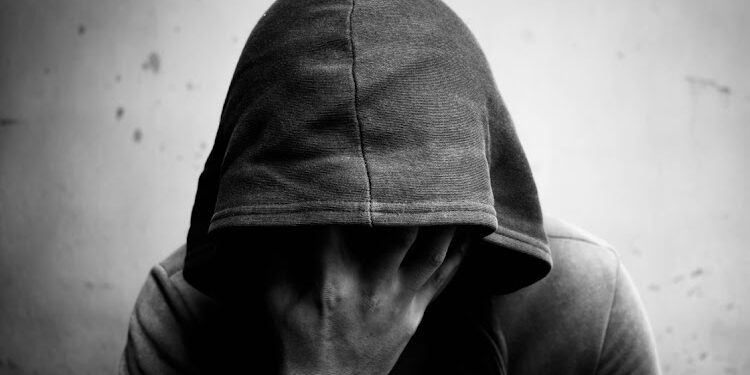By Enyichukwu Enemanna
World Health Organization (WHO) says suicide is now the third leading cause of death among young people aged 15-29 years globally, warning that adolescents with mental health conditions are particularly vulnerable to social exclusion, discrimination, stigma, educational difficulties, risk-taking behaviours, poor physical health and human rights violations.
“Suicide is the third leading cause of death in older adolescents and young adults. Risk factors are multifaceted, including harmful alcohol use, abuse in childhood, stigma against help-seeking, and access to means of suicide,” WHO said in startling statistics to mark International Youth Day 2025.
WHO also says anxiety and behavioural disorders caused by economic difficulties are among the leading causes of illness and disability among young people, adding that one in seven adolescents aged 10-19 experiences a mental disorder, contributing to 15% of the global burden of disease in this age group.
“One in six people are aged 10-19 years. Adolescence is a unique and formative time. Physical, emotional and social changes, including exposure to poverty, abuse or violence, can make adolescents vulnerable to mental health problems. Protecting adolescents from adversity, promoting socio-emotional learning and ensuring access to mental healthcare are critical for their health and wellbeing during adolescence and adulthood,” WHO said.
The organisation warned that failing to address adolescent mental health conditions can impair physical and mental health into adulthood, limiting opportunities to lead fulfilling lives.
WHO noted that adolescence is a crucial period for developing healthy habits such as regular exercise, good sleep, problem-solving skills and emotional regulation, highlighting that supportive family, school and community environments are essential.
South Africa’s Minister of basic education, Siviwe Gwarube in a parliamentary response that 548 cases of bullying have been reported in schools since January 2025 revealed that the link between violence in schools and youth mental health is under the spotlight.
Gwarube said the department had developed the National School Safety Framework (NSSF) as a guideline to address all forms of violent incidents including bullying.
KwaZulu-Natal recorded 29 cases, Gauteng 23, and Limpopo a staggering 305. The Eastern Cape reported 68 cases, the Free State one, Mpumalanga 26, the Northern Cape seven, North West 78 and the Western Cape 11.
“It is our responsibility to ensure that every school is a safe space for learning and development,” she said.
WHO emphasised that multiple factors affect adolescent mental health, including media pressure, gender norms, the quality of home life, peer relationships, violence and socioeconomic challenges.
It further notes that depression, anxiety and behavioural disorders can disrupt school attendance, cause isolation, and increase the risk of suicide.
Globally, 4.4% of 10-14-year-olds and 5.5% of 15-19-year-olds experience anxiety disorders. Depression affects 1.4% of adolescents aged 10-14, and 3.5% of those aged 15-19.
WHO noted that eating disorders are more common in girls and that they emerge during adolescence and carry the highest mortality rate of any mental disorder.
It highlighted that harmful substance use often begins in adolescence. In 2019, 22% of 15-19-year-olds consumed alcohol with high rates of tobacco and cannabis use also reported.
WHO recommended focusing on strengthening resilience, providing alternatives to risk-taking behaviours and building supportive environments.
“It is crucial to address the needs of adolescents with mental health conditions, avoid over-medicalisation and respect their rights in line with international human rights instruments,” the organisation said.


































